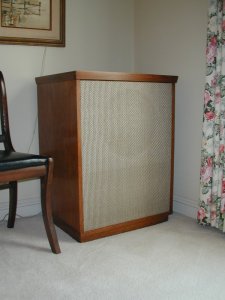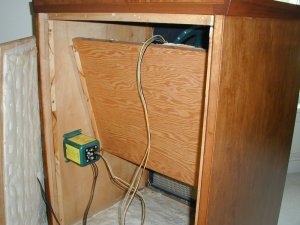Before coming to this forum, most of my online contributions were in video editing and restoration forums. The subject of 3D came up a lot a dozen years ago when the fourth incarnation of this technology came to us in the form of 3D TV sets and projectors. My outspoken prediction at the time was that, like the previous three incarnations, this too would fall flat on its face. The lake movie critic, Roger Ebert, wrote a long piece back around that same time, explaining why he too thought it was destined, once again, to fail.
The basic problem isn't the technology, direction, or even the glasses, but rather that the effect turns the movie viewing experience into a thrill ride. This is great for "Avatar" and the Avenger movies, but actually detracts from connecting to characters and getting emotionally involved in what is going on in the make believe up on the screen.
Watching "Streetcar Name Desire" in 3D would not be better than watching the original.
The opposite of this effect is the original black and white experience. The combination of no color and 24 frame per second both impart an unreal, once-removed-from-reality quality to the experience which makes watching a B&W movie more like reading a book, both of which can more easily touch your soul. My favorite movie was shot in B&W.
The projector that I mentioned previously does support 3D using RF-controlled shutter glasses. These provide far better 3D than what you get with the cheap polarizing glasses used in theaters. I got a pair, just to try it out, and downloaded some 3D content to watch. Technologically it is absolutely amazing, but after having the fun of goofing around with it, I had no desire to seek out more content. Obviously a lot of other people had the same experience because, despite a huge push from TV set manufacturers and content producers (the studios), 3D faded away and I don't think there is even one 3D set still on the market, although some projectors still support it.
I have also been pretty negative on 4K as a delivery and viewing format for most people because until you get to a theater like the OP has, you won't see one bit of difference. I realized this immediately because I spent five years in the desktop publishing business where I dealt with dots-per-inch (DPI) and learned that the total number of dots on the page is not what matters and instead it is the dots per inch and the viewing distance. For home theater what this means is that on a typical 55" display, viewed from 10 feet, you probably will never see any difference between standard 1920x1080 HD, and the higher-resolution 4K. As a result, I have so far not been tempted.
But, if you get yourself a 10-15 foot screen, or if you operate a real movie theater, 4K (or more) will definitely improve the experience. For the OP, 4K makes a lot of sense.
4K is a great acquisition format, and all my cameras are, or will be 4K. It give you great freedom to re-compose in post, if you are going to deliver in HD.
My advice for everyone who considers home theater is to get a decent TV or projector, but spend the real money on good sound. Having that soundstage in front of you, and the ambience at your side and behind you, really puts you "in the picture" in a way that the two tinny speakers found in most flat-screen TV sets won't do at all. A subwoofer is a nice addition, if you watch a lot of action films.









